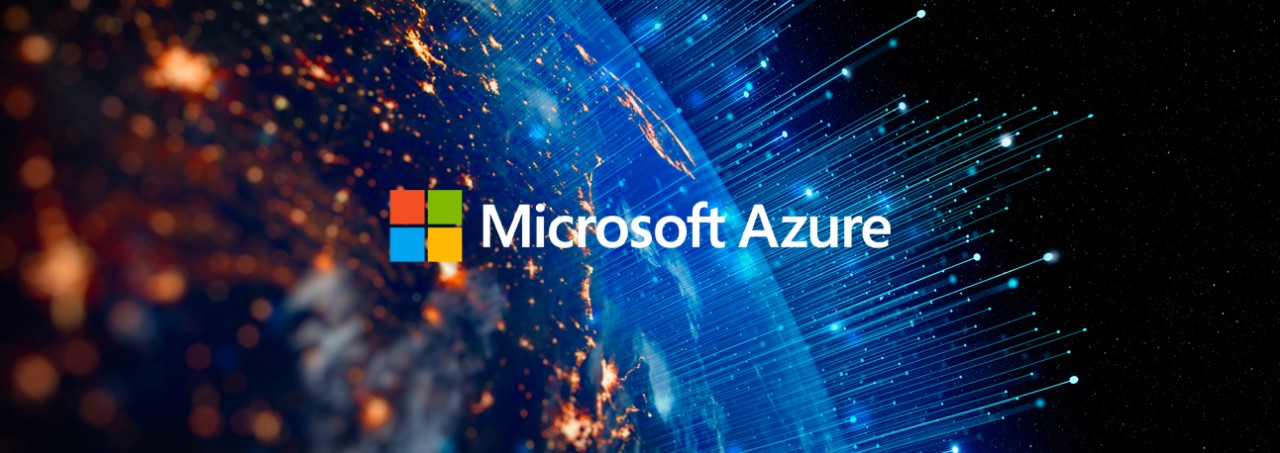Module 1: Get started with Azure Cosmos DB for NoSQL
Learn about the Azure Cosmos DB for NoSQL and how to get started with your first account, database, and container.
Module 2: Plan and implement Azure Cosmos DB for NoSQL
Plan for configuration options and provisioning choices with a new Azure Cosmos DB for NoSQL account.
Module 3: Connect to Azure Cosmos DB for NoSQL with the SDK
Use the Microsoft.Azure.Cosmos library from NuGet to connect to an Azure Cosmos DB for NoSQL account from a .NET application.
Module 4: Access and manage data with the Azure Cosmos DB for NoSQL SDKs
Use the .NET SDK for Azure Cosmos DB for NoSQL to perform common operations on databases, containers, and items.
Module 5: Execute queries in Azure Cosmos DB for NoSQL
Create SQL queries for the Azure Cosmos DB for NoSQL using the Data Explorer and the .NET SDK.
Module 6: Define and implement an indexing strategy for Azure Cosmos DB for NoSQL
Create custom indexing policies for Azure Cosmos DB for NoSQL containers.
Module 7: Integrate Azure Cosmos DB for NoSQL with Azure services
Integrate Azure Cosmos DB for NoSQL with Azure Cognitive Search, Azure Functions, and your own solutions.
Module 8: Implement a data modeling and partitioning strategy for Azure Cosmos DB for NoSQL
In this learning path, you’ll learn how Azure Cosmos DB uses partitioning to scale containers and how spending some time thinking about your data model helps to meet the performance needs of your applications.
Module 9: Design and implement a replication strategy for Azure Cosmos DB for NoSQL
Plan and implement techniques to replicate data across the globe in Azure Cosmos DB for NoSQL.
Module 10: Optimize query and operation performance in Azure Cosmos DB for NoSQL
Optimize the performance of your queries and operations using Azure Cosmos DB for NoSQL.
Module 11: Monitor and troubleshoot an Azure Cosmos DB for NoSQL solution
Review the common Cosmos DB administrative tasks of monitor, performance metrics, backup and security used in Azure.
Module 12: Manage an Azure Cosmos DB for NoSQL solution using DevOps practices
Use the command line and Azure Resource Manager to automate common management tasks for Azure Cosmos DB for NoSQL.
Module 13: Create server-side programming constructs in Azure Cosmos DB for NoSQL
Use JavaScript to author server-side stored procedures, user-defined functions, and triggers.


